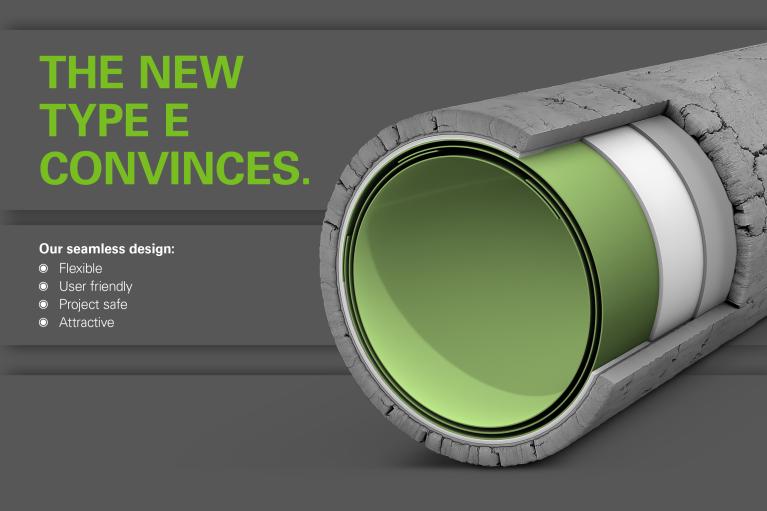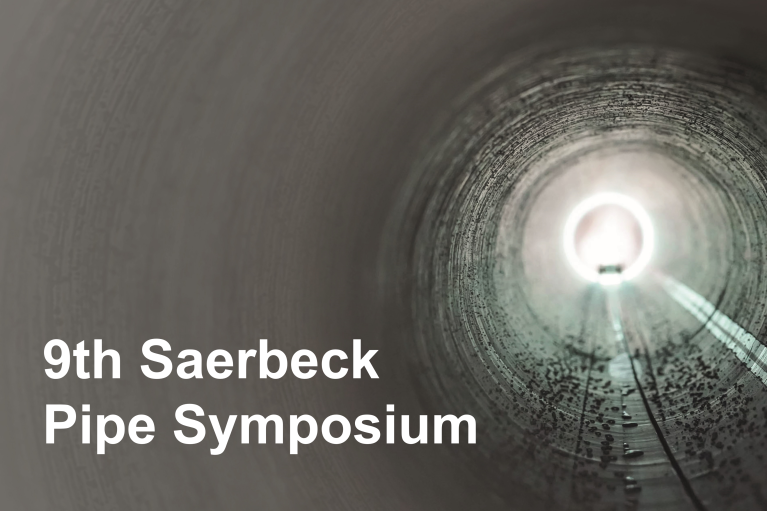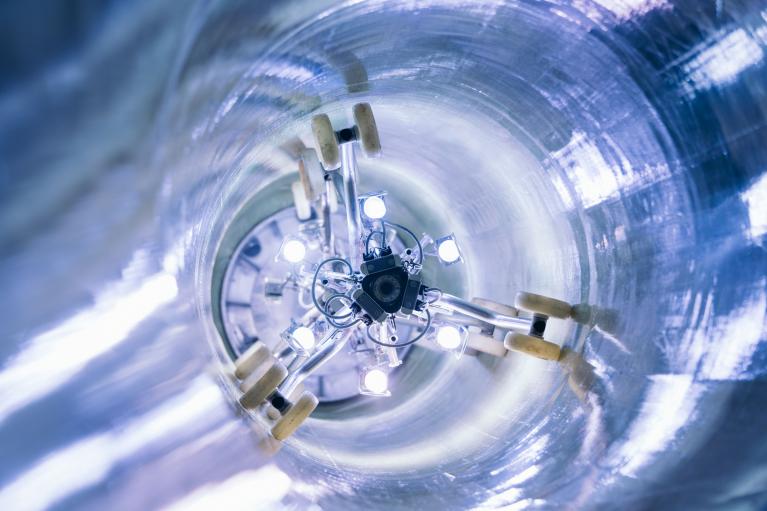Filter
-
Cancellation of the International Application Meeting 2022
Read moreWe hereby have to inform you that with a heavy heart we have decided to cancel the International Application Meeting on January 13, 2022. The decision was not easy for us, because after two years we were already very much looking forward to the personal exchange with our users. However, as the current pandemic situation has recently come to a head again, we consider it inappropriate to hold an event with over 100 participants and many contact opportunities now.
-
Upcoming company vacations at our Saerbeck plant
Read moreTo enable us to successfully kick off the New Year together with renewed vigor, we would like to inform you of our upcoming company vacations at our Saerbeck plant.
-
SAERTEX-LINER H2O installation with Kjeldaas in Norway
Read moreClose cooperation between Kjeldaas and SAERTEX multiCom throughout all project phases has led to this successful installation of a SAERTEX-LINER H2O.
-
Open cut trench method vs. UV-CIPP
Read more48 trillion cubic meters of potable water! That's the amount of water lost annually due to defective water pipes. To avoid such wastage, it is important for defective pipes to be rehabilitated quickly. There are different remediation options for this.
-
9th Saerbeck Pipe Symposium
Read moreAfter a 3-year break, our in-house exhibition, the 9th Saerbeck Piping Symposium, will take place again from 22-23 September 2022. Under the motto "The future is trenchless", we are putting together an exciting programme focusing on sustainable renovation, digital CIPP trends and trenchless innovations.
-
CIPP: Annular space and structural integrity
Read moreThe regular existence of excessively large annular spaces between the CIPP and the existing pipeline after installation has been recently the subject of controversial discussions among experts. The various reasons for the annular space as well as the effects on structural integrity are discussed.In the following technical report by Dr.-Ing. Ricky Selle a systematic approach to the topic is made. The possible reasons for the formation of annular spaces are pointed out and classified in terms of their potential. On this basis, the effects on structural integrity of the liners can be quantified.




